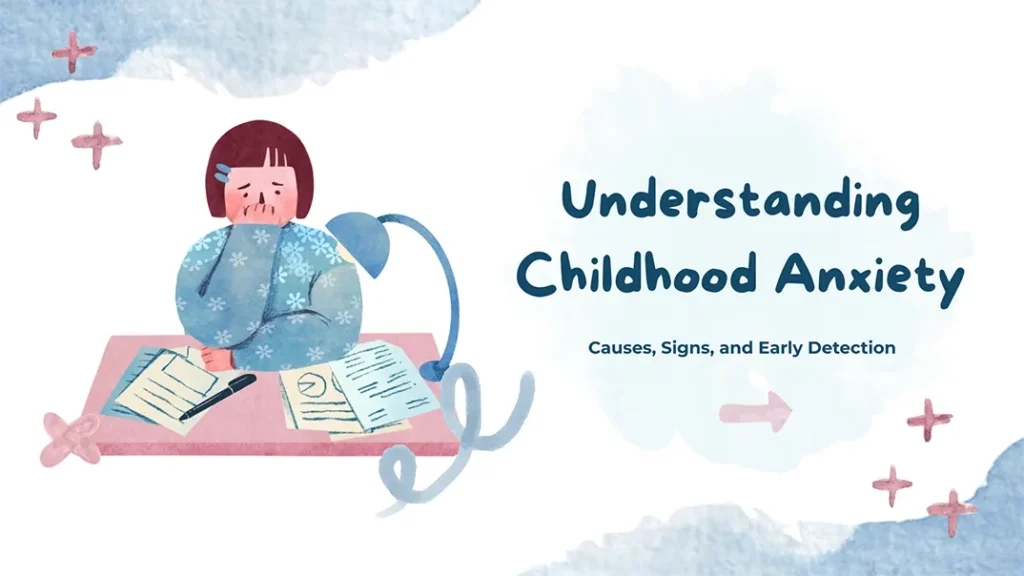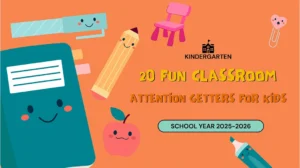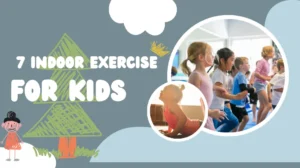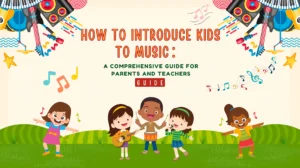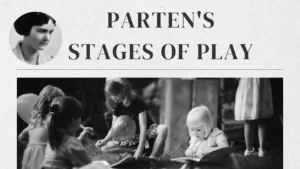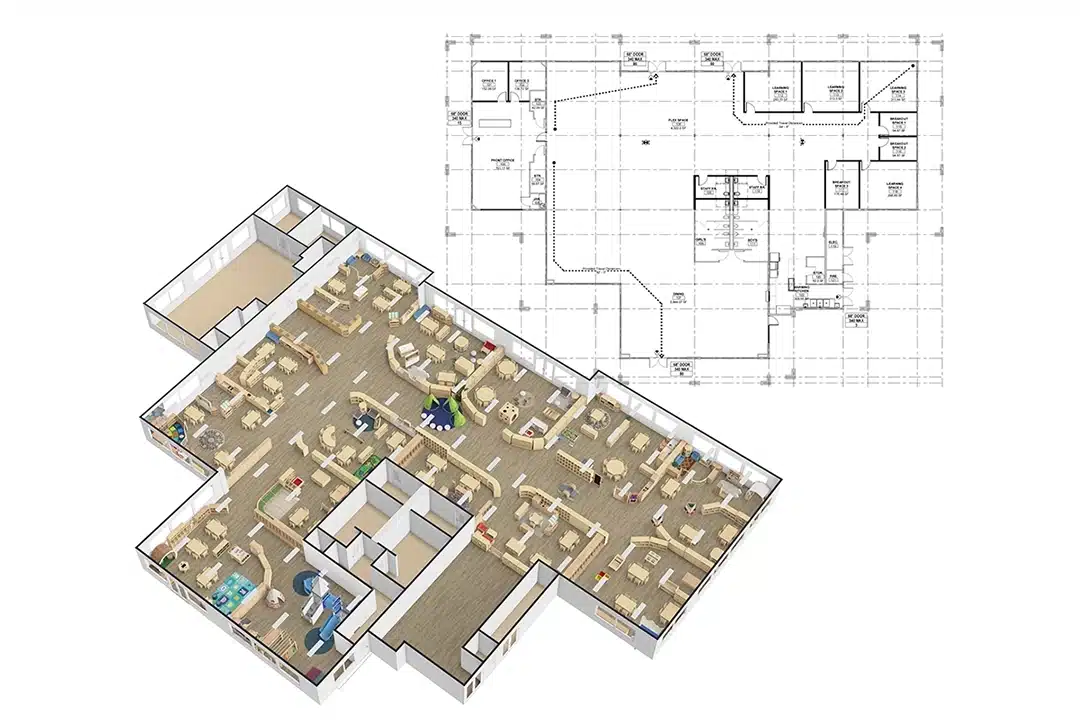Why does my child cry before school every day without a reason? Why do they refuse to join group games? These are questions many parents silently wrestle with. Childhood anxiety is often misunderstood or overlooked, mistaken for shyness, stubbornness, or just a phase. However, when left unrecognized, childhood anxiety can severely impact a child’s emotional, social, and academic development.
Childhood anxiety refers to excessive fear, nervousness, or worry that interferes with a child’s daily life and development. It’s not just about being shy or scared—it can manifest as physical symptoms, emotional withdrawal, or even behavioral outbursts. Understanding the causes and signs of anxiety in children is the first step toward providing meaningful support.
Whether you’re a concerned parent, a teacher noticing subtle changes in a student, or simply someone who wants to understand children’s emotional needs better, gaining clarity on childhood anxiety can be a powerful tool. Keep reading to understand childhood anxiety.
What Is Anxiety in Children?
Anxiety in children is a natural, often healthy emotional response to unfamiliar, unpredictable, or stressful situations. Like adults, children experience worry and fear as part of their normal development, feeling nervous before a test, shy in a new social setting, or scared during a thunderstorm. These short-lived fears are not only common but also helpful, as they prepare children to respond to challenges and build resilience.
However, childhood anxiety becomes a concern when those fears persist, intensify, or begin to interfere with a child’s ability to function in everyday life. Instead of fading with reassurance or time, anxious feelings may grow stronger and more disruptive. A child with anxiety might avoid school, struggle to fall asleep, complain of frequent physical discomfort, or become overly reliant on routines and reassurance. These behaviors often signal that anxiety has moved beyond typical childhood worry and into the realm of an anxiety disorder.
Types of Anxiety in Children
Childhood anxiety can manifest in several distinct forms, each with its own set of triggers, symptoms, and challenges. Understanding these types is critical for accurate identification and effective intervention.
1. Separation Anxiety Disorder
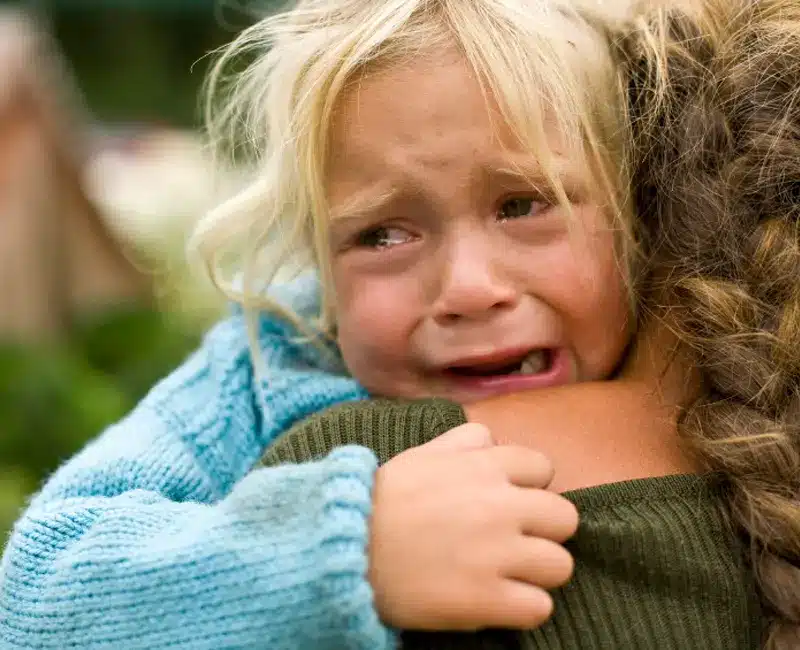
Separation Anxiety Disorder is a common form of childhood anxiety, especially among younger children. While it’s normal for young kids to feel uneasy when away from parents or caregivers, this disorder is diagnosed when the fear is intense, persistent, and beyond what is expected for the child’s developmental stage. It often interferes with school attendance, sleep, and a child’s ability to engage in age-appropriate activities independently.
Children with this disorder are not simply “clingy.” Their fear of being apart from loved ones feels overwhelming and uncontrollable. The anxiety can manifest both emotionally and physically, and often leads to significant stress for the entire family.
Common signs of Separation Anxiety Disorder include:
- Intense distress when anticipating or experiencing separation from a parent or primary caregiver
- Refusal to go to school, daycare, or sleep away from home
- Excessive worry that something bad will happen to a loved one during the separation
- Physical complaints such as headaches, nausea, or stomachaches before or during separation
- Nightmares about separation or harm coming to caregivers
- Repeated calls or messages when away from parents
- Difficulty sleeping alone or staying in a separate room
Additional Notes:
Separation Anxiety often emerges during transitions—starting school, after a move, or following a stressful event like illness or loss. While it may fade with maturity, some children may develop generalized anxiety or panic disorder if not supported appropriately.
2. Generalized Anxiety Disorder (GAD)
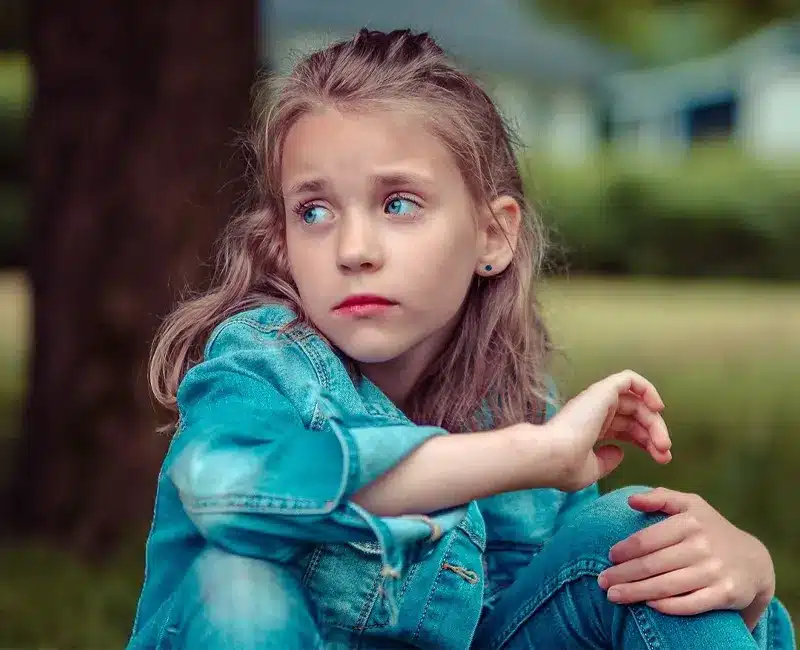
Generalized Anxiety Disorder in children involves excessive, uncontrollable worry about a wide range of everyday issues—not just one specific fear. Unlike normal childhood concerns, the anxiety associated with GAD is persistent, occurs more days than not, and lasts for at least six months. It affects various areas of life, including school, friendships, family dynamics, health, and future events.
Children with GAD often appear as perfectionists or “worriers.” They may seem mature for their age, constantly asking “what if” questions or needing repeated reassurance, which can be emotionally draining for both the child and caregivers.
Common signs of Generalized Anxiety Disorder include:
- Frequent and intense worries about school performance, safety, or world events
- Asking the same questions repeatedly despite having received answers
- Inability to relax or being constantly “on edge”
- Overthinking worst-case scenarios and outcomes
- Physical complaints such as muscle tension, fatigue, or stomachaches
- Irritability and restlessness, especially before school or social activities
- Difficulty falling asleep due to racing thoughts
Additional Notes:
Children with GAD are often high-functioning and may mask their anxiety well, which can delay diagnosis. Their worry tends to shift from topic to topic, making it harder for parents and teachers to pinpoint the underlying issue. Left unaddressed, GAD can lead to academic burnout, depression, or social withdrawal.
3. Social Anxiety Disorder (Social Phobia)
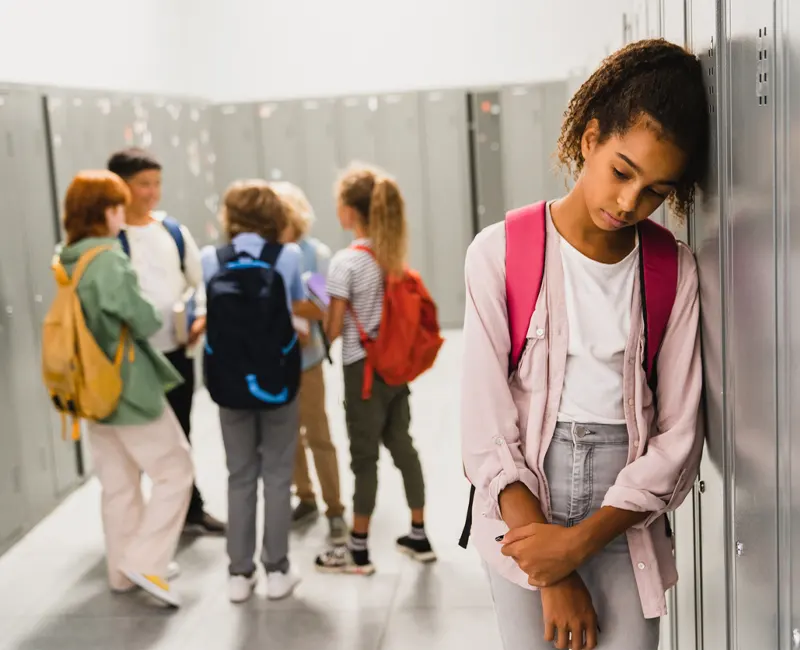
Social anxiety disorder, also known as social phobia, is characterized by an intense fear of being judged, embarrassed, or rejected in social or performance situations. For children, this fear extends to everyday life, such as speaking in class, participating in group games, or even answering questions. Their anxiety goes beyond just shyness and can become a barrier to social development, academic engagement, and emotional confidence.
Children with social anxiety often dread social interactions not because they don’t want to connect, but because they fear humiliation or negative evaluation. They may have few friends, avoid eye contact, or go to great lengths to avoid being noticed.
Common signs of Social Anxiety Disorder include:
- Extreme fear of speaking in front of peers or adults
- Avoidance of group activities, presentations, or public performance
- Difficulty starting or maintaining conversations
- Physical symptoms such as blushing, trembling, sweating, or stomachaches in social settings
- Reluctance to attend school or social gatherings
- Fear of being laughed at, criticized, or called on in class
- Visible discomfort or freezing up when meeting new people
Additional Notes:
Social Anxiety typically emerges in late childhood or adolescence and may intensify during middle or high school years. Children may be misjudged as “withdrawn” or “quiet,” when in fact, they’re experiencing intense inner distress. Early intervention with therapy can significantly improve confidence and social functioning.
4. Specific Phobias
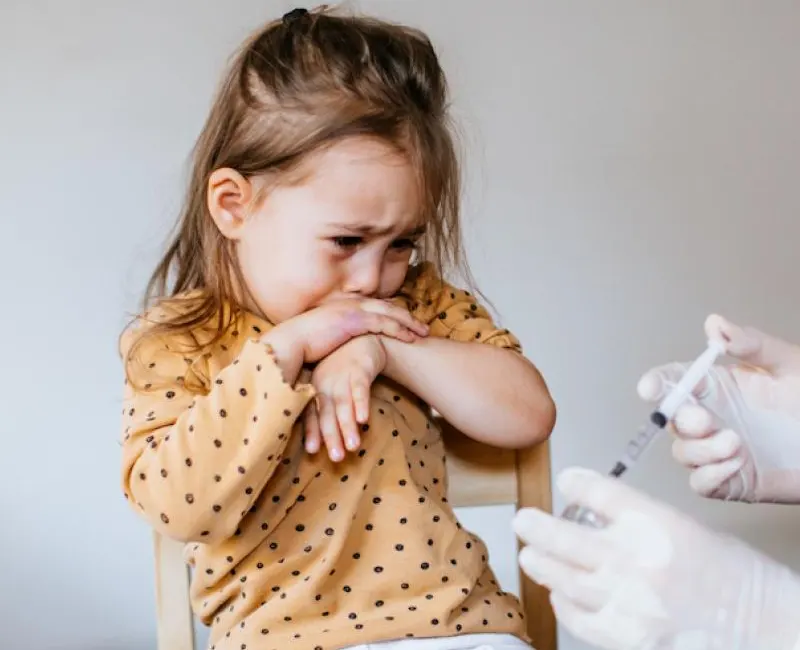
Specific phobias are intense, irrational fears of particular objects, situations, or environments. In children, these fears are more than mere dislikes—they trigger immediate anxiety responses and lead to strong avoidance behavior, even if the feared stimulus poses no real threat. Common childhood phobias include fear of animals , darkness, loud noises, thunderstorms, medical procedures, or elevators.
Unlike generalized anxiety, specific phobias are focused and easily identifiable, but they can still significantly disrupt a child’s daily life if the object of fear is frequently encountered or difficult to avoid.
Common signs of Specific Phobias include:
- Sudden panic, crying, or clinginess when faced with the feared object or situation
- Refusal to go to certain places (e.g., playgrounds, medical offices) due to known triggers
- Intense physical symptoms such as trembling, rapid heartbeat, nausea, or sweating
- Verbal expressions of fear or exaggerated predictions of danger
- Avoidance behavior that interferes with routines (e.g., not using the bathroom alone, skipping school)
- Fear that persists for six months or more and is beyond developmental norms
Additional Notes:
Phobias in young children are common, but when fear becomes disproportionate, persistent, and disabling, it may meet the criteria for a specific phobia. With guided exposure therapy and support, most children can gradually reduce their fear response and regain confidence in feared situations.
5. Selective Mutism
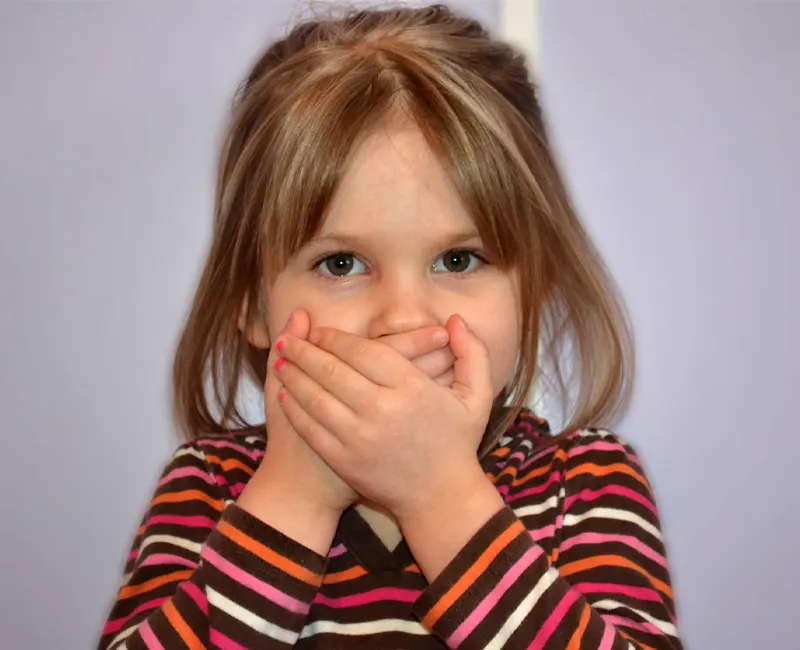
Selective mutism is a complex anxiety disorder in which a child is unable to speak in certain social situations, even though the child can speak in a comfortable environment . This condition is not caused by rebellion, lack of knowledge or developmental delay, but by extreme social anxiety, which causes the child to become psychologically “frozen” in specific environments.
Children with selective mutism may speak freely with close family members but become completely silent in daycare classrooms, group activities, or with unfamiliar people. The silence is not voluntary; it is a symptom of overwhelming anxiety.
Common signs of Selective Mutism include:
- Consistent failure to speak in specific social settings, despite speaking normally in others
- Appearing frozen, withdrawn, or expressionless in anxiety-inducing environments
- Use of gestures, nodding, or written communication instead of verbal speech
- Avoidance of eye contact or physical tension when prompted to speak
- Extreme shyness and fear of embarrassment or negative attention
- Symptoms persisting for at least one month (excluding the first month of school)
Additional Notes:
Selective mutism typically begins before age 5, though it often becomes more noticeable once the child enters school. Early intervention is critical. Treatment often includes behavioral therapy, desensitization, and gradual speech exposure in low-pressure settings. Left untreated, it can lead to academic difficulties and long-term social withdrawal.
6. Panic Disorder
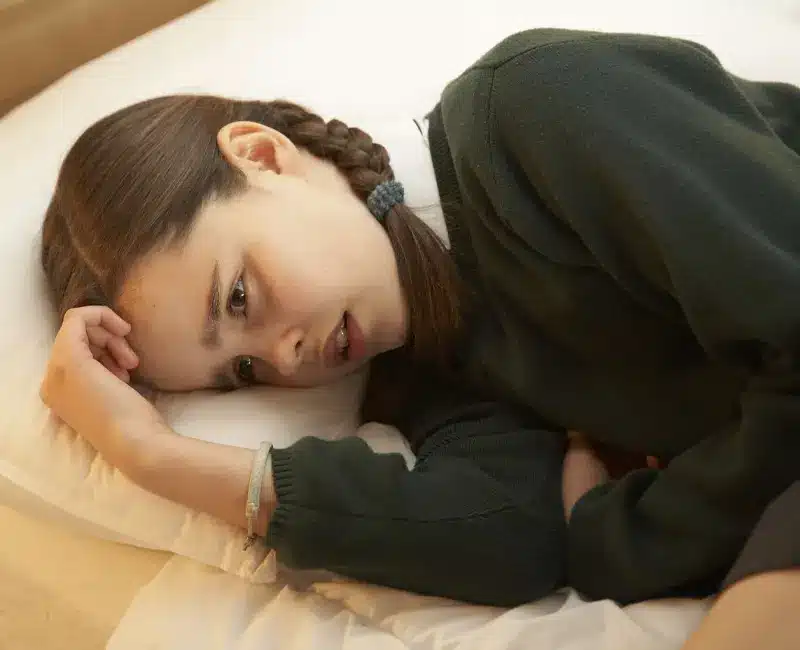
Panic Disorder is a less common but serious form of childhood anxiety that involves sudden, intense episodes of fear known as panic attacks. These attacks occur unexpectedly and are often not tied to a specific trigger. For children, the experience is not only frightening but also confusing, as they may not understand what is happening to their body or mind during these episodes.
Because children may struggle to explain their sensations, panic disorder is frequently misinterpreted as a medical issue, such as asthma or gastrointestinal distress. Repeated attacks and the fear of future episodes can significantly disrupt daily functioning, including school attendance and social activities.
Common signs of Panic Disorder include:
- Recurrent panic attacks with symptoms such as rapid heartbeat, chest pain, dizziness, or shortness of breath
- Intense fear of losing control, fainting, or dying (even if irrational)
- Avoidance of places where previous panic attacks occurred
- Worry about having another attack, even when calm
- Sudden urge to escape a situation or go home
- Physical distress without identifiable medical cause
Additional Notes:
Panic attacks can last from a few minutes to over half an hour and often peak within the first 10 minutes. In children, panic disorder may co-occur with generalized anxiety or separation anxiety. Treatment typically involves a combination of Cognitive Behavioral Therapy (CBT), breathing techniques, and, in severe cases, medication. Early diagnosis can prevent the development of additional avoidance behaviors and agoraphobia.
How Childhood Anxiety Differs from Adult Anxiety?
While anxiety can affect individuals at any age, the way it manifests, is experienced, and addressed in children is fundamentally different from adults. Childhood anxiety is shaped by a child’s cognitive development, emotional maturity, and dependence on caregivers. Without the life experience or self-awareness to understand or verbalize their feelings, children often express anxiety through behaviors that can be misinterpreted. Recognizing these key differences is essential for timely support and effective intervention.
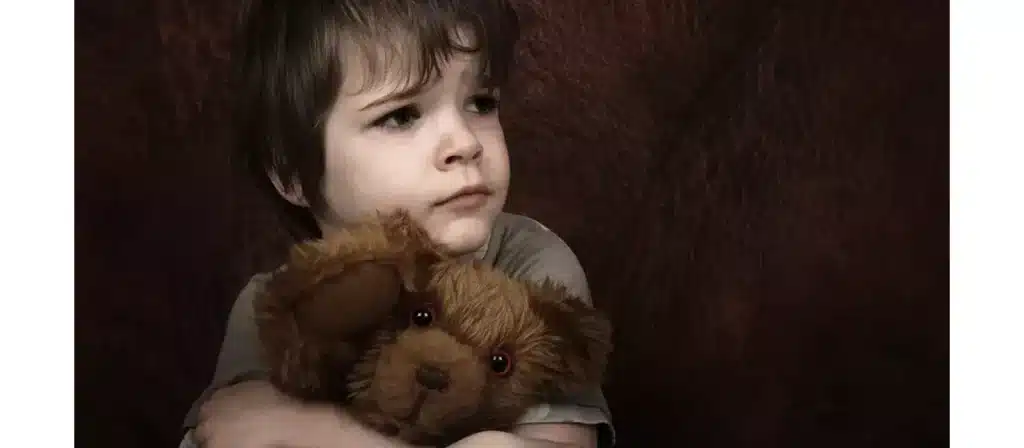
Communication Challenges in Childhood Anxiety
Children typically lack the verbal and emotional vocabulary to express anxiety in the way adults do. While an adult may openly state they feel overwhelmed or anxious, a child might cry, act out, withdraw, or complain of physical ailments. Childhood anxiety is often behaviorally expressed and may be mistaken for defiance, distraction, or physical illness.
Unique Developmental Triggers
The causes of anxiety differ significantly across age groups. Childhood anxiety often stems from fear of being away from parents, performing poorly in school, making friends, or facing unfamiliar situations. These worries align with their developmental stage and life experiences—unlike adult anxieties, which tend to center on responsibilities, relationships, and existential concerns.
Age-Specific Behavioral Manifestations
Anxiety in children presents differently depending on their developmental stage. For example, toddlers with separation anxiety may cling to parents and cry when left alone, while adolescents with social anxiety might avoid social situations, fear public speaking, or struggle with self-image. This age-specific evolution of childhood anxiety demands careful observation and age-appropriate responses.
Limited Self-Regulation and Coping Tools
Unlike adults, children have a limited capacity for managing anxiety independently. They are still developing self-regulation and coping mechanisms. As a result, childhood anxiety can escalate without consistent adult guidance. Children need structured support from caregivers and professionals to learn calming strategies, emotional labeling, and healthy expression.
Consequences on Development and Identity
While anxiety can disrupt any stage of life, childhood anxiety has the added risk of interfering with critical developmental milestones. It can impair learning, delay social skill acquisition, and negatively affect self-esteem. If not addressed early, the patterns formed by childhood anxiety may persist into adolescence and adulthood, often becoming more complex over time.
The Importance of Recognizing Childhood Anxiety
Recognizing childhood anxiety early is essential for healthy emotional and psychological development. Left unaddressed, anxiety can gradually erode a child’s confidence, interfere with learning, and strain social relationships. Over time, it may even lead to more serious mental health challenges, including depression, panic disorders, or chronic avoidance behaviors. Proactive recognition of childhood anxiety can significantly improve a child’s well-being, development, and future mental health.
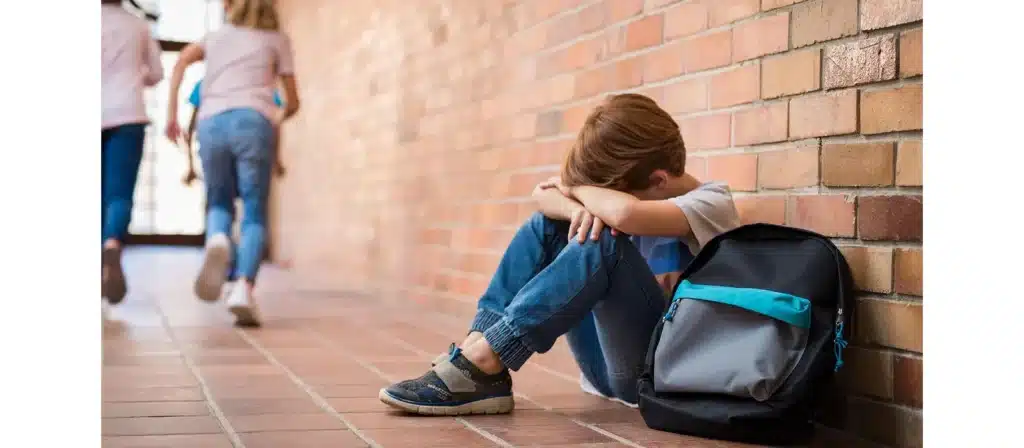
- Promoting Early Intervention and Recovery
When childhood anxiety is recognized promptly, interventions such as therapy, counseling, or behavioral support can be introduced early—before the anxiety becomes more deeply rooted. Early action makes treatment more effective, reduces the likelihood of co-occurring disorders like depression, and helps children return to a stable emotional baseline more quickly. - Improving Emotional Development and Coping Skills
Children who receive support for their anxiety early are better equipped to develop healthy emotional regulation skills. Rather than avoiding uncomfortable feelings or situations, they learn to face them with confidence and tools. Recognizing childhood anxiety gives children a chance to understand and name their emotions, which strengthens self-awareness, self-esteem, and emotional maturity. - Enhancing Academic and Social Outcomes
Anxious children often struggle with focus, participation, and social interaction. When their anxiety is understood and accommodated—rather than punished—they’re more likely to succeed in school, build friendships, and feel safe in social environments. Recognition leads to targeted support plans, classroom adjustments, and social coaching that remove barriers to success. - Preventing Misdiagnosis and Harmful Labels
Without recognizing the underlying anxiety, adults may mistakenly label a child as lazy, defiant, or unmotivated. This can result in harsh discipline, damaged self-image, and worsened anxiety. Identifying childhood anxiety ensures that the child is treated with empathy and supported according to their actual needs, not surface-level behavior. - Strengthening the Child–Adult Relationship
Children who feel understood by adults develop stronger bonds of trust and security. Recognition of anxiety signals to the child, “You are seen, heard, and safe.” This fosters open communication, encourages help-seeking behavior, and gives children the emotional foundation they need to thrive.
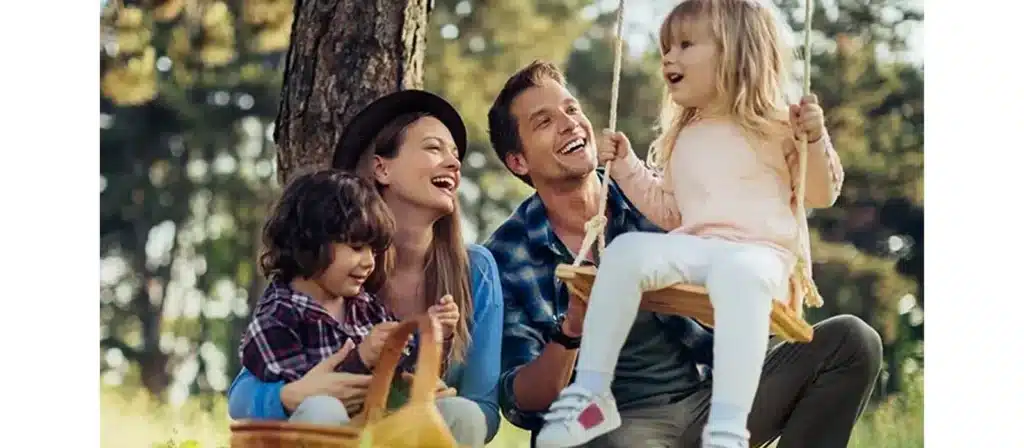
How Common Is Anxiety in Children?
Anxiety is one of the most common mental health conditions in childhood. According to the Centers for Disease Control and Prevention (CDC), approximately 9.4% of children aged 3–17 in the United States—roughly 1 in 10—have been diagnosed with anxiety at some point. However, experts believe the actual number is likely higher, as many cases go unreported or are mistaken for other behavioral issues.
It’s also worth noting that anxiety disorders often begin early. Nearly 50% of all mental health conditions start in early childhood, meaning early detection and support are critical in changing a child’s long-term mental health trajectory. Understanding how common anxiety disorders are can help reduce the stigma surrounding them. It can remind parents, teachers, and children themselves that they are not alone and that help is available.

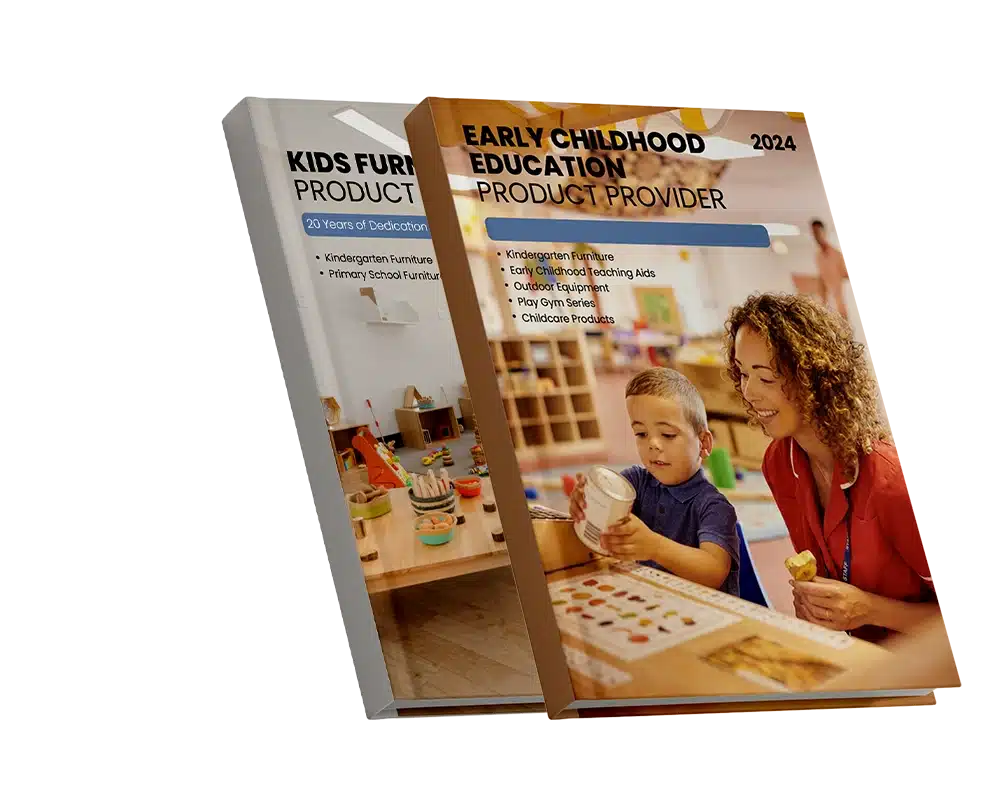
What Causes Childhood Anxiety?
Understanding the root causes of childhood anxiety is key to both prevention and effective intervention. Anxiety in children doesn’t develop out of nowhere; it usually arises from a combination of genetic, environmental, psychological, and social factors. By identifying the possible triggers and risk factors, caregivers and educators can better support anxious children and help them manage their fears in healthy, constructive ways.
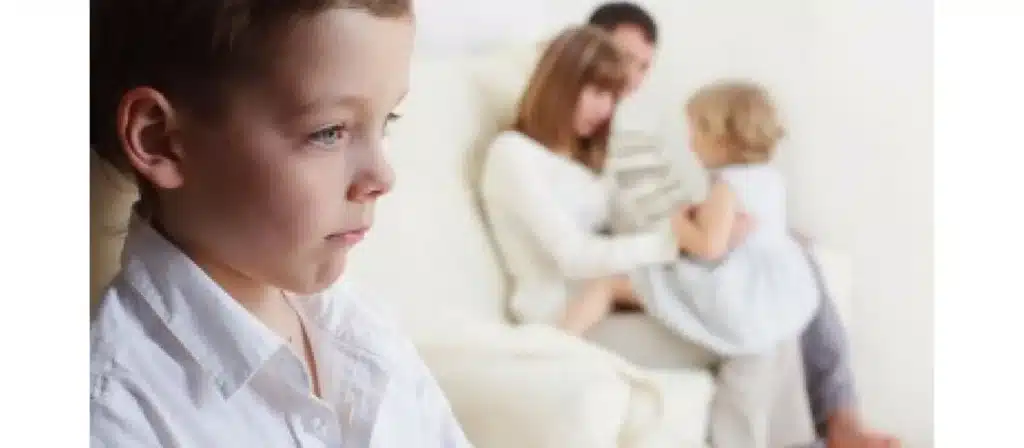
1. Genetic and Biological Influences
Some children are more biologically predisposed to anxiety due to inherited traits. Research shows that children with a family history of anxiety or mood disorders are more likely to develop childhood anxiety themselves. This may be linked to the way their brains process stress and fear, particularly in the amygdala and prefrontal cortex—regions involved in emotion regulation. Neurochemical imbalances, such as low levels of serotonin or high cortisol responses, can also heighten anxiety sensitivity.
2. Parenting Styles and Family Environment
The emotional climate at home plays a pivotal role in shaping a child’s response to stress. Overprotective or overly critical parenting can inadvertently reinforce a child’s belief that the world is unsafe or that they are incapable of handling challenges. Chaotic or neglectful households may leave children feeling insecure and unsupported, fueling anxious behaviors. Children exposed to parental conflict, divorce, or mental illness are at a higher risk of developing childhood anxiety.
3. Traumatic or Stressful Experiences
Exposure to trauma—even seemingly mild trauma—can leave lasting emotional scars. Common triggers include medical procedures, bullying, accidents, or witnessing a frightening event. In some cases, children who experience the death of a loved one, abuse, or sudden life changes (like relocation or hospitalization) may develop post-traumatic stress responses that manifest as chronic anxiety. The younger the child, the more vulnerable they are to internalizing stress without fully understanding or expressing it.
4. Academic and Social Pressures
School environments can be a major source of stress for children, particularly those with high sensitivity or perfectionist tendencies. Academic expectations such as completing homework, preparing for exams, achieving good grades, and keeping up with peers can place overwhelming pressure on young minds. Even children who typically perform well may feel intense anxiety about meeting these expectations, fearing failure or disappointing others.
In addition to academic stress, many children experience anxiety related to their social life. The need to make friends, fit in with classmates, avoid rejection, or navigate peer conflicts can trigger persistent worry and emotional discomfort. For socially anxious children, activities like speaking in front of the class or participating in group projects can feel especially daunting. Over time, the combination of academic demands and social challenges can significantly heighten the risk of developing childhood anxiety, particularly if the child lacks coping tools or emotional support.
5. Media, Technology, and World Events
In today’s digital age, children are frequently exposed to a constant stream of news, social media, and screen-based stimulation. News of natural disasters, pandemics, or violence—even if not directly experienced—can cause vicarious trauma. Social media, while offering connection, can also breed comparison, fear of missing out (FOMO), and cyberbullying, all of which contribute to rising levels of childhood anxiety.
Childhood Anxiety Symptoms Checklist
Recognizing the symptoms of childhood anxiety can be challenging, as children often lack the vocabulary to express their feelings. Instead of saying “I feel anxious,” they may act out, withdraw, or complain of physical discomfort. This checklist is designed to help caregivers and educators identify patterns that may suggest an anxiety disorder. Not every child will show all symptoms, but the consistent presence of several indicators may warrant further assessment.
Emotional and Behavioral Symptoms
Children with anxiety may exhibit noticeable changes in their mood and behavior. Common signs include:
- Excessive worry about routine activities such as school, social events, or family well-being
- Persistent fear of making mistakes or disappointing others
- Intense need for reassurance, often repeating questions even after being answered
- Avoidance of feared situations or objects, such as dogs, crowded places, or public speaking
- Difficulty concentrating or making decisions, especially in stressful moments
- Sudden outbursts, irritability, or frequent crying without a clear cause
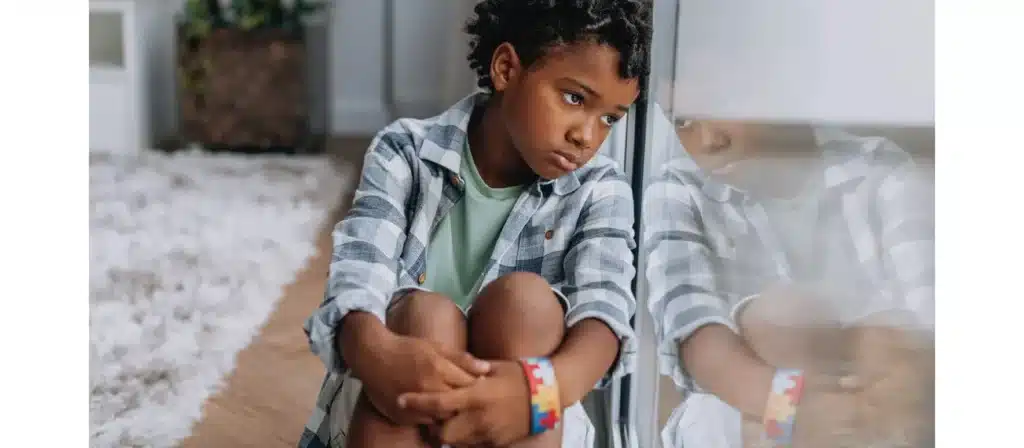
Physical Symptoms of Anxiety in Children
Anxiety often manifests in the body, especially in children who may not recognize or verbalize their emotional discomfort. Physical signs include:
- Frequent complaints of headaches or stomachaches without a medical cause
- Nausea, dizziness, or rapid heartbeat in certain situations
- Trouble sleeping, including difficulty falling asleep, nightmares, or waking frequently
- Fatigue or low energy during the day
- Changes in appetite, either reduced or increased
- Muscle tension, jaw clenching, or nail-biting
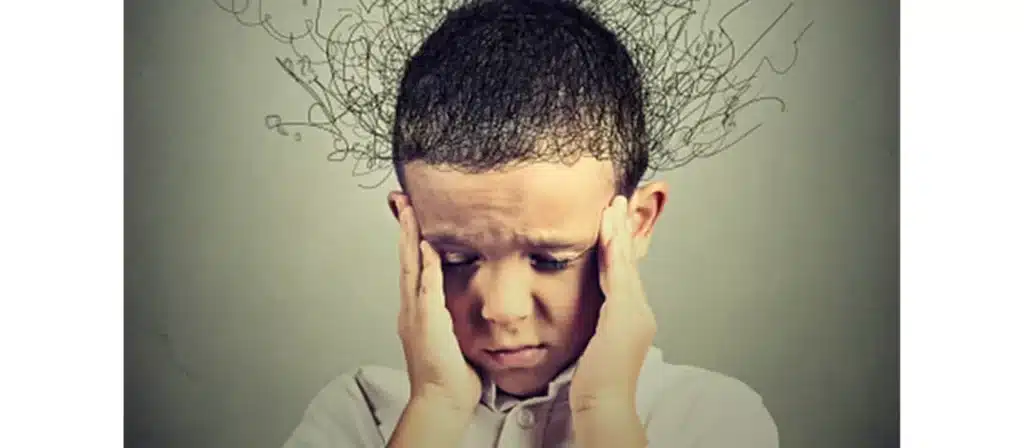
Situational and Context-Based Red Flags
Context matters when observing childhood anxiety. Watch for patterns that repeat across different settings:
- Reluctance or refusal to go to school or participate in group activities
- Clinging to parents or becoming overly dependent in new environments
- Withdrawal from friends, family, or previously enjoyed activities
- Panic-like reactions in specific scenarios (e.g., loud noises, being left alone)
- Perfectionistic behavior that leads to procrastination or distress over small mistakes


Childhood Anxiety Treatment
When childhood anxiety is identified, early and appropriate treatment can make a profound difference in a child’s emotional well-being, academic success, and overall development. Fortunately, childhood anxiety is highly treatable through a combination of professional therapy, parental involvement, and environmental support. The choice of treatment depends on the severity of the anxiety, the child’s age, personality, and specific symptoms. A personalized approach, grounded in evidence-based practices, offers the best chance for long-term improvement.
When to Seek Professional Help
It’s normal for children to worry from time to time. But how can you tell when childhood anxiety has crossed the line from age-appropriate fear to something more serious? One of the biggest challenges parents face is deciding when to seek professional help—especially when the signs are subtle, or when anxiety is mistaken for a phase, shyness, or even misbehavior. Here are some key indicators that suggest it may be time to consult a professional:
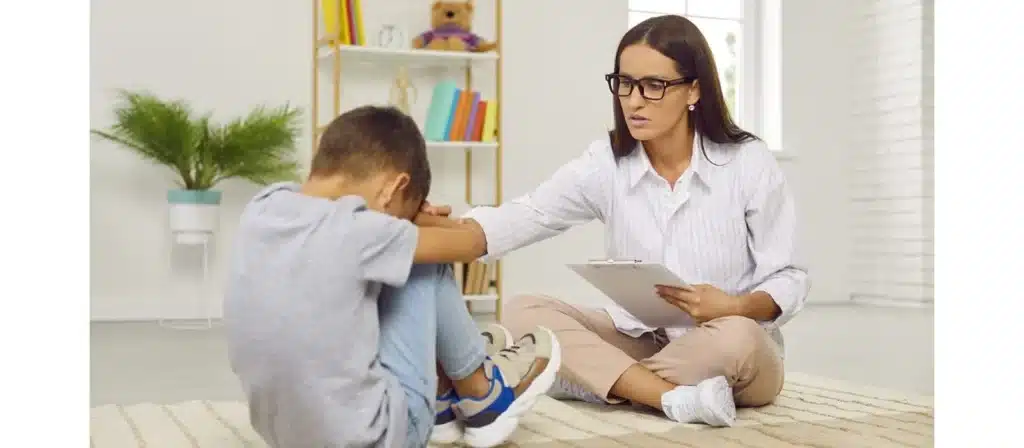
1. Anxiety Interferes with Daily Life
If your child’s fear or worry is preventing them from attending school, sleeping well, making friends, or participating in everyday activities, it’s more than just nervousness—it’s a disruption of functioning that warrants attention.
2. Physical Symptoms Persist Without Medical Cause
Frequent headaches, stomachaches, nausea, or fatigue that don’t have a clear physical explanation can be signs of anxiety in children. These somatic symptoms are often a child’s way of expressing distress they can’t verbalize.
3. Avoidance Behaviors Become Routine
If your child regularly avoids specific people, places, or activities due to fear or worry—and especially if they need excessive reassurance to feel safe—this may be a sign of an anxiety disorder developing.
4. Emotional Reactions Are Out of Proportion
Crying, anger, panic, or emotional shutdown in response to seemingly small stressors can indicate that your child’s nervous system is overwhelmed. These overreactions are often rooted in underlying anxiety.
5. Symptoms Persist for Weeks or Months
Temporary anxiety is common during transitions, such as starting school or moving. But if the behaviors persist for more than a few weeks—or intensify over time—it’s a sign that the child may need more support than family and school alone can provide.
Who Can Help with Childhood Anxiety?
You don’t have to navigate this alone. A range of professionals can assist, including:
- Pediatricians, who can rule out physical causes and refer to specialists
- Child psychologists or counselors, who provide therapy and emotional support
- School counselors, who can help coordinate support at school
- Child psychiatrists, if further evaluation or medication is considered
Childhood Anxiety Treatment Methods
- Cognitive Behavioral Therapy (CBT)
A structured, evidence-based therapy that helps children identify negative thought patterns, reframe anxious thinking, and gradually face feared situations. Often considered the most effective treatment for childhood anxiety. - Play Therapy
Ideal for younger children who communicate better through play. This approach allows therapists to observe emotional struggles and guide children toward healthier coping through symbolic play. - Exposure Therapy
Used for specific phobias or severe avoidance behaviors. Children are gently and gradually exposed to their feared situations or objects under professional guidance to reduce fear over time. - Family Therapy
Involves the entire family in treatment, helping improve communication, reduce parental reinforcement of anxiety, and build a more emotionally supportive home environment. - Mindfulness-Based Cognitive Therapy (MBCT)
Combines traditional CBT with mindfulness practices like breathing and meditation to help older children and teens stay present and reduce overthinking. - Medication (SSRIs)
Selective serotonin reuptake inhibitors may be prescribed in moderate to severe cases, especially when therapy alone is not enough. Always used under psychiatric supervision and often paired with therapy. - School-Based Interventions
Includes counseling, academic accommodations, peer support programs, and educator involvement to ensure the school environment supports emotional well-being. - Parent Coaching and Psychoeducation
Teaches caregivers how to respond constructively to anxiety, model calm behavior, and reinforce coping skills at home.
FAQs
- What are the first signs of childhood anxiety I should look for?
Early signs often include frequent worries, clinginess, irritability, sleep problems, stomachaches without a medical cause, and avoidance of school or social situations. These symptoms tend to persist and appear across different settings. - At what age can children develop anxiety?
Children can begin showing signs of anxiety as early as toddlerhood. Separation anxiety is common in young children, while social and performance-related anxieties often appear in school-aged children and teens. - Is it normal for my child to worry a lot, or could it be an anxiety disorder?
It’s normal for children to worry sometimes. However, if the worry is excessive, interferes with daily life, and lasts for more than a few weeks, it may indicate an anxiety disorder that needs professional evaluation. - Can children grow out of anxiety without treatment?
Some mild anxiety can fade over time with maturity and support, but many cases of childhood anxiety persist or worsen if untreated. Early intervention significantly improves outcomes and helps prevent more serious issues later in life. - Does parenting style affect childhood anxiety?
Yes. Overprotective, highly critical, or emotionally unavailable parenting can contribute to anxiety in children. A supportive and balanced environment helps children feel safe and capable of handling challenges. - What is the best treatment for childhood anxiety?
Cognitive Behavioral Therapy (CBT) is considered the most effective treatment. It helps children identify anxious thoughts, build coping skills, and gradually face their fears. In some cases, medication may be prescribed in combination with therapy.
Conclusion
Childhood anxiety is more common—and more complex—than many people realize. While some level of fear or worry is part of growing up, persistent anxiety can quietly interfere with a child’s well-being, relationships, and ability to learn. As parents, educators, or caregivers, our role is not to eliminate every source of discomfort, but to learn how to identify when a child’s fear is more than just a passing phase. Understanding the causes, recognizing the signs, and knowing when to seek help are the first and most important steps.
By paying attention to what children show us—through words, behaviors, or even silence—we can offer them the support they need to feel safe, seen, and understood. And that support, when provided early, can change the entire course of their development.

